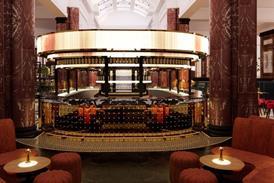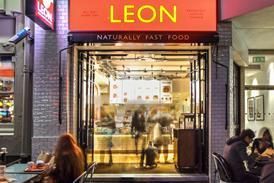Enterprise Inns: Managed move, Beacon update, disposals, trading formats

M&C Report takes a closer look at this morning’s update from Enterprise Inns and talks to chief executive Simon Townsend and finance director Neil Smith about the group’s move into the managed arena, the promising progress of Project Beacon, innovation across its agreements, its disposal plan and investments
Already have an account? Sign in






























